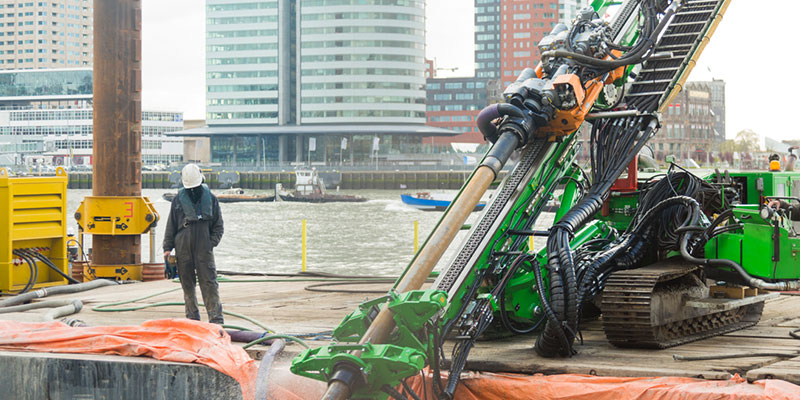For a variety of building and infrastructure projects, directional boring is seen as an environmentally beneficial option. This technique eliminates the need for open excavation by first boring a borehole below the surface of the earth and then utilizing a drilling rig to install pipes, wires, or other utilities. The notion of directional boring as an eco-friendly solution has multiple justifications.

- Decreased Surface Disturbance: A major advantage of directional boring for the environment is the considerable decrease in surface disturbance. Digging trenches is a common practice in traditional excavation methods, which has the potential to damage plants, upset ecosystems, and disturb wildlife habitats. By drilling below the earth, directional boring reduces these effects while preserving much of the surface.
- Preservation of Natural Features: By using directional boring, construction projects can protect natural areas, including wetlands, woods, and rivers. This is particularly important in environmentally sensitive places where surface disturbance can cause soil pollution, habitat damage, and erosion.
- Reduced Soil Erosion: When trenching openly, soil erosion can occur, which can cause silt to flow into adjacent bodies of water. Aquatic ecosystems and water quality may suffer because of this sedimentation. On the other hand, directional boring lowers the danger of soil erosion and its negative effects on the environment.
- Less Disruption to Urban Areas: Open excavation can annoy locals and businesses by causing traffic jams, noise pollution, and other problems. Construction projects can move forward with the least amount of disturbance to residents’ daily lives thanks to directional boring.
- Effective Use of Resources: Directional boring frequently uses fewer supplies and machinery than conventional excavation techniques. Reduced energy use and emissions from transportation, the operation of machinery, and the procurement of building supplies are the outcomes of this efficiency.
Contact our team at GP Associates, Inc. to learn more.

